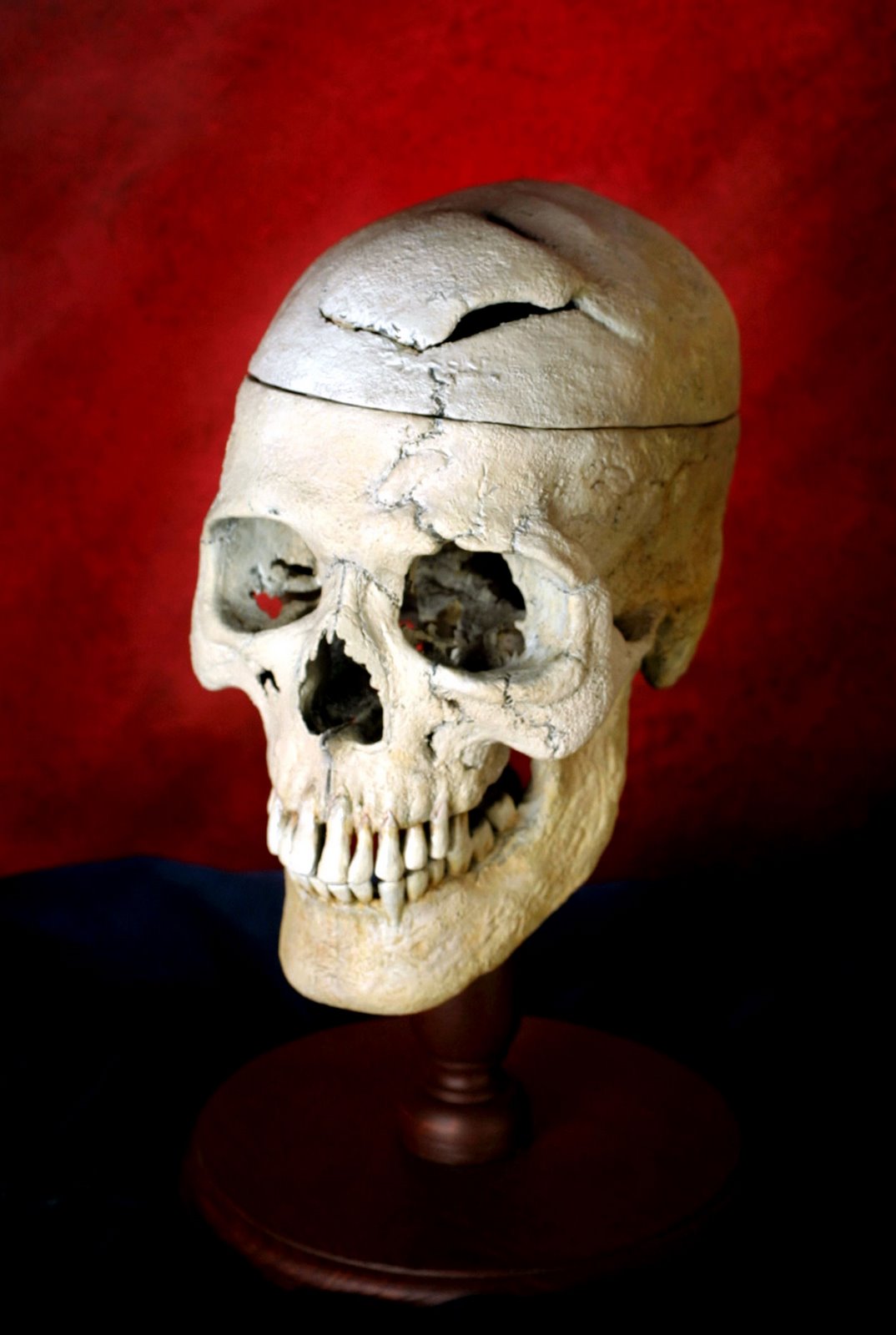Well, after spending several hours in an anatomy lab surrounded by formalin-soaked corpses in various stages of dissection, I figured the best way to cap off my evening would be to take in a horror flick. The only viable option appeared to be the new remake of The Amityville Horror, so off I went to watch it -- by myself.
Okay, at this point I imagine that half of you found nothing in the previous sentence to cause consternation, and the other half are aghast at the idea of venturing to a theater unaccompanied. I do it fairly often, though, so I suppose that makes me either independent or in need of counseling.
Anyhow, the movie turned out not to provide the scares it promised, largely because it offers nothing new; it merely takes the plot of an old movie, tweaks it mildly, and then throws in what is apparently the new sine qua non of horror -- freaky children. Of course, from the very beginning horror movies have featured children in their plot lines, to great effect in such cases as The Exorcist (the original) and The Omen. However, I think the past six years mark the beginning of a new trend, which is the inclusion of sinister, dead, ghostly, ghastly children as the prime mover for fright. I trace the origins of this recent trend to The Sixth Sense, released in 1999, which showed the world that nothing is scarier than little kiddos done up to appear cadaveric, walking around like zombies, vomiting and looking preternaturally somber. After the success of that film, we saw a boom in movies with moribund munchkins -- just look at The Ring 1 and 2, The Grudge, and now The Amityville Horror. And these are just the movies in which freaky kids figure prominently; they also make startling cameos in zombie movies (Resident Evil: Apocalypse and Dawn of the Dead), psych flicks (Gothika), and surely many more that I’m neglecting.
The thing about these movies is that they not only employ freaky children, but rely almost solely on seemingly gratuitous imagery of ghost kids looking as though they stood up and walked out of the morgue – they have bullet holes in their heads, pale faces with blue veins snaking across them, fixed and dilated pupils, etc. Further, these kids demonstrate peculiar behaviors such as howling like cats and displaying their black-hole little mouths, turning green, and staring through the audience members’ souls. If called upon to locomote, these freaky ghost children will generally move like normal children, except they do so at 2 X film speed so as to make their inexorable advance towards the screen seem ever so inescapable; moreover, if changes in elevation are involved, such as climbing down stairs or out of deep wells, the children will invariably climb like Gollum in The Lord of the Rings, with their legs reaching out above their heads thanks to the tremendously improved range of motion that death apparently confers upon the human hip joint. Oh, and one other thing – if the dead child is a girl, she will have long, black, wet hair that hangs forward to obscure her face, hiding, of course, the hideous mangled atrocity that some makeup artist has created underneath. And, of course, if at any point a mirror appears in one of the scenes, a dead child’s image will materialize in the background.
Well, I’m rambling on. The point is that horror film makers think they have lit upon a ready-made scream-producer in the scary dead child, and they seem intent on burning shiver-inducing kiddie images onto our retinas. As I just realized tonight with The Amityville Horror, though, the scream-o-matic child has lost its novelty.
And I have certainly lost interest in seeing any more films with dead toddlers.
P.S. I found this interesting article about the lasting effects of horror movies on children. Of particular interest to me was the fact that "52 percent of the sample reported disturbances in normal behavior such as sleeping or eating after viewing a frightening film or TV program." Hmmm... sounds about right. After watching the movie Alien as a young kid, I refused to eat at the dinner table for months for fear that a little xeno-beastie would pound its way out of my chest and land on the pork chops. Also, I like this quote: "For about two months after the movie, I had nightmares about blood," the participant said. "The nightmares didn't always involve sharks, but always contained gross amounts of blood. To this day, I remain horrified of blood." Well, I watched more horror movies as a kid than anyone else I know -- and now, after all those years of blood, guts, and gore, I'm going to be a surgeon. Go figure.
P.P.S. I'd like to know -- what do you think is the scariest horror movie? Which scenes still haunt you when the lights go out at night? What images and sounds from horror flicks send a chill down your spine?



